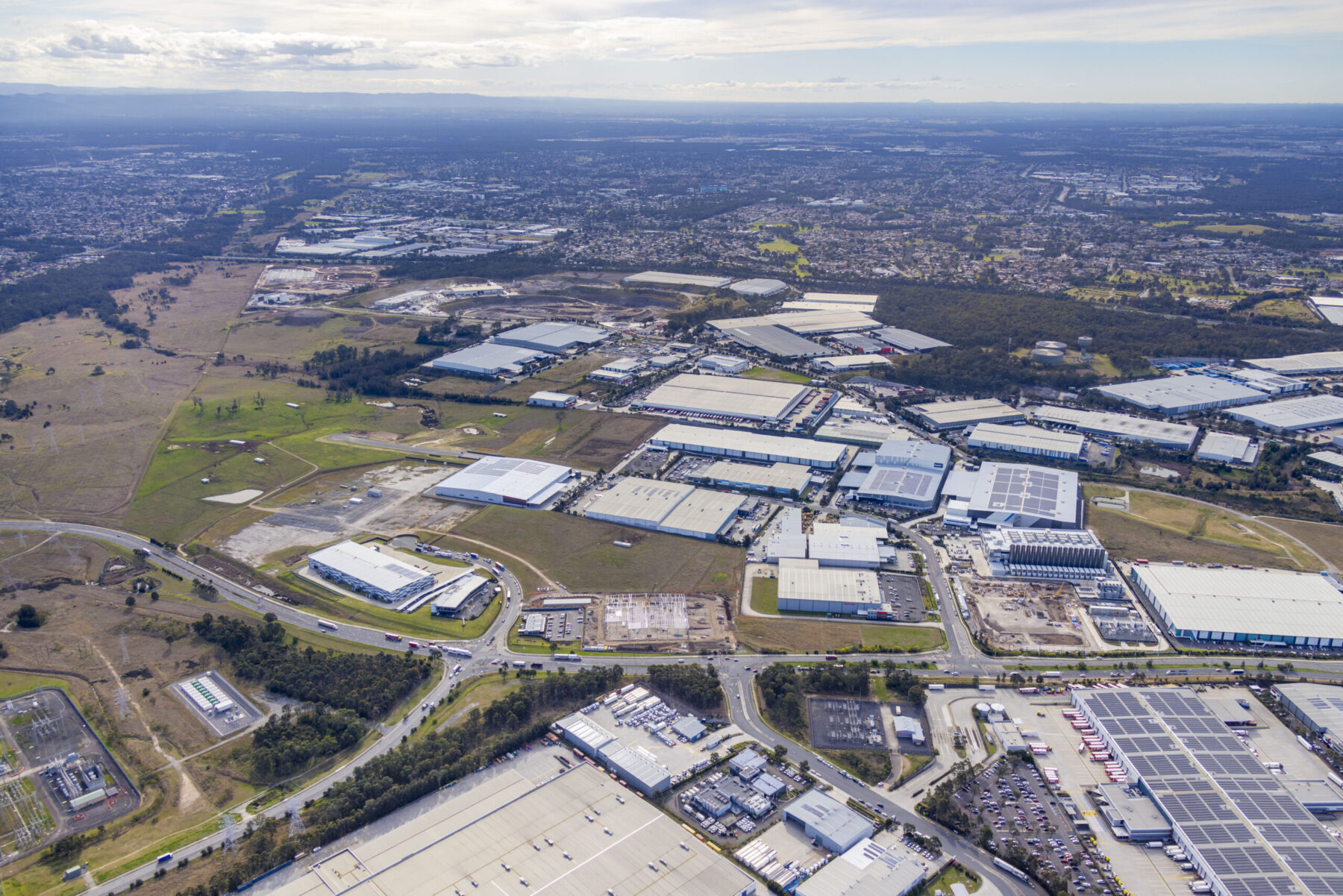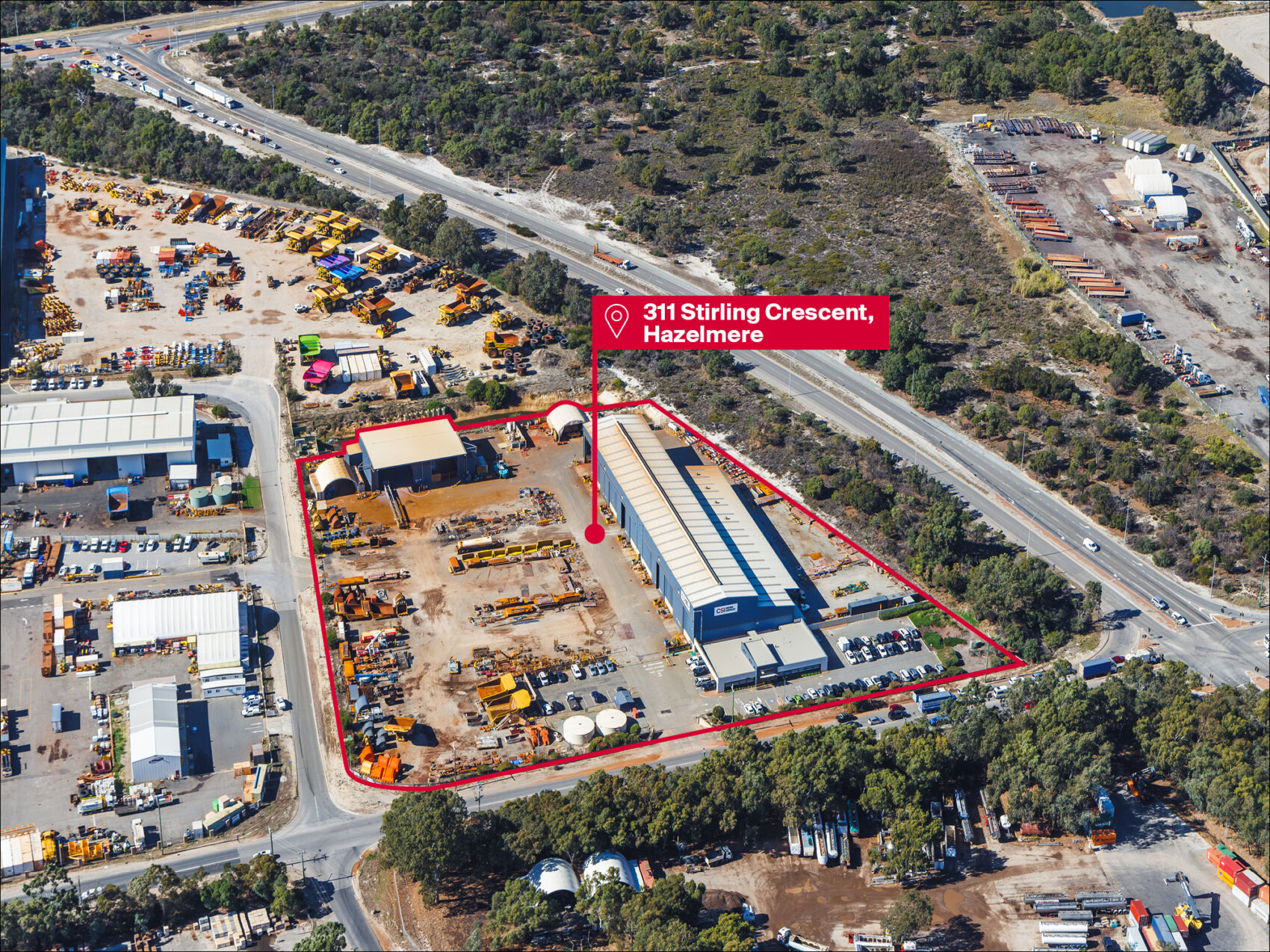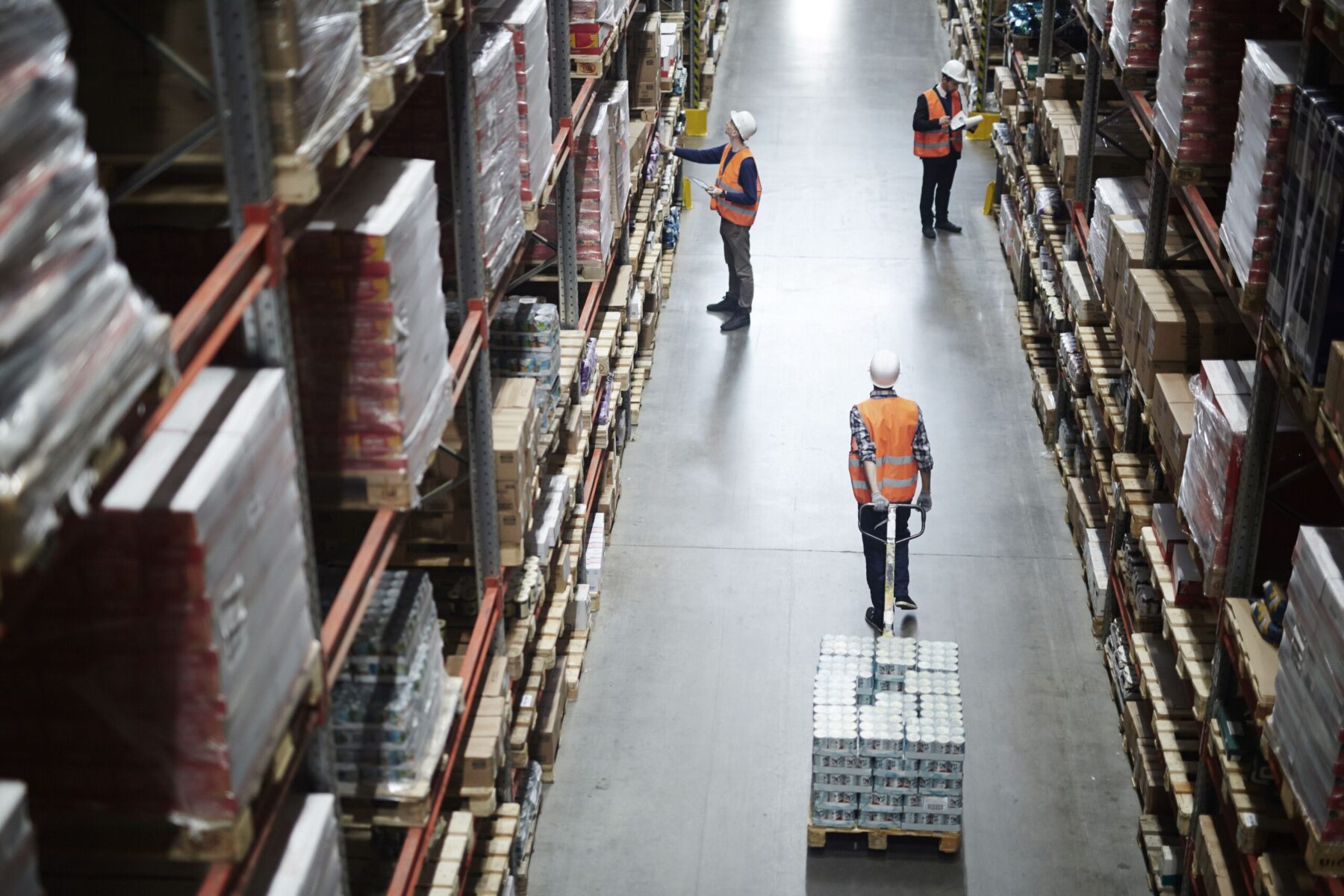Industrial property bright spots offer best opportunities in commercial property investment this year
30 January 2024
Industrial property was a standout of the Australian commercial real estate sector last year, but investors will need to work harder to seek-out the bright spots this year.
Comments from Nils Miller, Chief Executive Officer of BC Land:
Vacancy rates for industrial property were under 2 per cent across the eastern seaboard and less than 1 per cent in Sydney last year.
Industrial property returns for five- and 10-years have outpaced most other segments at 15.3% and 13.9%, respectively.
Whereas some softening of demand was expected in late 2023 given a slowing global economy, Houthi rebel attacks on ships in the Red Sea has had a definite affect in the market, in particular for logistics-related assets.
The logistics sector has seen strong demand since COVID – when people got very used to buying items online. Today, global uncertainties are almost certain to ensure the asset class will continue to rank as a major source of growth in 2024.
Logistics businesses are seeing considerable delays, sometimes of up to six weeks to receive shipments from Europe. That coupled with concern of DP World related strikes or industrial action is forcing occupiers to consider taking more space or at least holding onto excess space (that might have gone into the sub-lease market) to enable greater stock levels to be held.
Another alternative is air freight and with costs lowering and more supply back into the market (of as much as 10% in the year to December 2023) means air freight is becoming an alternative for some products.
Locally, this is translating into increased demand for logistics sites here.
One local area already in demand among logistics providers is for sites near the new Western Sydney Airport. The airport will operate 24×7, providing more opportunity for freight operators and others in the sector.
Given that logistics property prices in the developing Badgerys Creek area are less than Mascot, in many cases by more than half, it is not surprising that global freight companies and others are scouting the area for locations.
Logistics operators want to locate near a hub and Badgerys Creek is that location. With higher rates some new industrial and logistics projects are seeing pressure but the better economics of land values at Badgerys Creek make projects there feasible.
Allocations
Institutions are also altering their property allocations. Over the past years, institutions allocated a third of their property portfolio to retail, a third to industrial and a third to office.
Funds are moving away from this broad-brush asset allocation approach and taking a more targeted approach and are seeking new opportunities – particularly in industrial property.
This is one reason why North American and Asian institutions have been reported as allocating capital to Australia, attracted by the relative political and economic stability – and niche sectors such as logistics.
Logistics operations and assets are also seen as capable of better withstanding economic fluctuations. In more unstable economic times people are looking to find value in the products they buy, often this will mean those products are procured online, and delivered through logistics centres, not acquired in a shopping centre or a retail strip. This maintains demand for logistics centres and underpins value.
Sydney will likely also outweigh Victoria, not only because of the new airport, but also because the Victorian State Budget brough in stamp duty and tax changes from 2024 which will transition from stamp duty to an annual property tax for commercial and industrial properties in the State. This is causing concern for investors.
For us, it is hard to go past Badgerys Creek and Western Sydney with the NSW Government building the new Western Sydney International airport – a $5.3 billion infrastructure project.
Work is progressing well with the airport. More than 60-70 per cent of it is already built, with the 3.7 kilometre runway complete and the terminal taking shape with airbridges formed. Some 25 million cubic metres of earth had been moved around the site – making it Australia’s biggest earthmoving project. Tunnel boring machines have also been in the ground working on the metro line and have reached the new airport.
It will be the largest logistics airport in Australia and the first in New South Wales with no curfew, with flights taking off and landing 24 hours a day, seven days a week.
The International Air Transport Association (IATA) has already issued Western Sydney International Airport its three-letter code ‘WSI’. It will cater to more than 25,000 domestic flights carrying four million passengers a year and flights are expected to operate as soon as the airport opens in 2026.
Our own 35-hectare site on Lawson Road and Pitt Street, one of the two access roads to the airport and one of the closest sites to the aerotropolis, is already receiving expressions of interest from partners and tenants. We have interest from providers of freight services and logistics along with light manufacturers seeking to service these as well as other aviation services.
These business developments would soon be followed by residential developments, as people increasingly seek to be no more than 30 minutes from their place of work.



